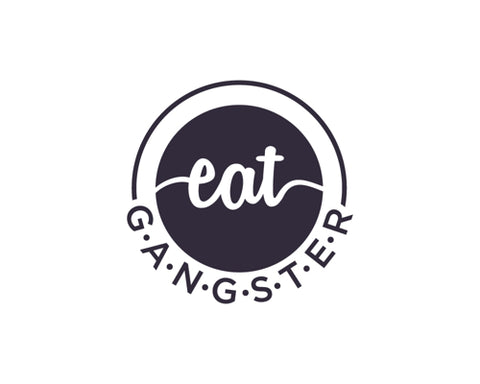
When you’re following the Autoimmune Protocol (AIP) or trying to eliminate foods that trigger inflammation, you quickly realize that “seed-free” is more complicated than it sounds. At first glance, you may think: Just don’t eat sunflower seeds, sesame seeds, or pumpkin seeds. But the truth is, seed derivatives sneak into many everyday products, often under names you wouldn’t recognize.
If you’re committed to a seed-free lifestyle, knowing what to look for on labels can make all the difference.
Seeds and Their Derivatives: Why They Matter
Seeds—whether from sunflowers, sesame, flax, or chia—are nutrient-dense, but for many people with autoimmune conditions, they can also be inflammatory. That’s why AIP excludes them entirely in the elimination phase.
But the challenge isn’t just avoiding the seeds themselves. Manufacturers use seed oils, flours, butters, emulsifiers, and extracts in a wide range of foods, from baked goods to condiments. These derivatives can be just as problematic as the seeds themselves.
Common Hidden Seed Ingredients
Here are some of the most frequent seed-based ingredients that hide on labels:
-
Seed oils: Sunflower oil, safflower oil, sesame oil, grapeseed oil, cottonseed oil.
Watch out: These often appear in “healthy” salad dressings, sauces, and even snacks marketed as allergen-friendly. -
Lecithin: Commonly from soy or sunflower seeds. Used as an emulsifier in chocolate, baking mixes, and non-dairy milks.
-
Guar gum and locust bean gum: Derived from legumes and seeds. These thickeners often sneak into dairy-free products and gluten-free baked goods.
-
Seed flours: Flaxseed meal, chia flour, sesame flour, or hemp protein powders. Popular in “grain-free” breads and bars.
-
Spices and flavorings: Mustard seed, celery seed, fenugreek, and cumin are technically seeds, though they’re often lumped into spice blends without clear labeling.
Where They Hide in Everyday Foods
Even if you avoid obvious seed-containing products, these ingredients are commonly found in:
-
Dairy-free milks (often stabilized with gums or lecithin)
-
“Paleo” baked goods and protein bars
-
Mayonnaise and salad dressings
-
Gluten-free breads and crackers
-
Chocolate bars and non-dairy desserts
Smarter Label Reading: Tips to Stay Seed-Free
-
Learn the aliases. Sunflower oil may be labeled as high-oleic sunflower oil. Lecithin doesn’t always clarify its source, so when in doubt, contact the manufacturer.
-
Be cautious with “allergen-friendly” foods. Just because a product is gluten-free or dairy-free doesn’t mean it’s AIP-compliant or seed-free.
-
Stick with trusted brands. When you find a company that truly understands seed-free living (like us here at Eat G.A.N.G.S.T.E.R.), it takes the guesswork out of shopping.
-
Batch cook at home. Making your own salad dressings, sauces, and baked goods gives you control over every ingredient.
Why We Stay Seed-Free at Eat G.A.N.G.S.T.E.R.
We know how tricky it can be to navigate this world of hidden ingredients. That’s why our baking mixes are designed to be free not only of gluten, grains, dairy, nuts, and legumes—but also seeds. You don’t need to second-guess our labels or wonder if an emulsifier might set back your healing.
Final Thoughts
Living seed-free is about more than saying no to sunflower seeds in your trail mix. It’s about becoming a detective, spotting hidden seed derivatives, and protecting your health by staying truly compliant. The good news? Once you learn what to look for, it gets easier.
And with trusted products in your pantry, you can focus less on label-reading and more on enjoying the foods that love you back.



